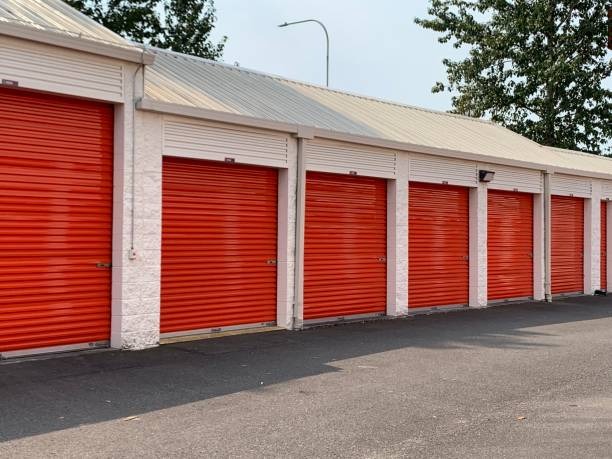
Navigating consular processing involves balancing accuracy, timing, and communication. Each stage requires attention to procedural rules that often differ by jurisdiction. Smooth coordination often depends on reliable abogadas de inmigración who guide applicants through detailed consular evaluations. Their involvement not only ensures compliance but also helps applicants feel confident throughout every procedural step.
Breaking Down Consular Review Steps
The review process begins once all documentation is sent for initial screening. Consular officers assess authenticity, eligibility, and any previous travel or legal records. Understanding these layers allows applicants to respond proactively to requests or clarifications. Each verified step becomes a foundation for a smoother transition toward final approval.
Preparing Documents With Strategic Accuracy
Every successful application starts with proper preparation and organization. Each requirement has to be met without duplication or missing entries. Applicants often overlook minor errors that delay review or cause resubmission. With structured attention, each form and supporting file maintains consistency across systems.
- Verify identity papers before scheduling submission
- Keep translated documents officially certified
- Confirm all digital copies are readable and complete
- Review appointment details against confirmation letters
By treating document assembly like a staged checklist, applicants can maintain precision throughout their case. The small corrections made early often prevent major procedural interruptions later.
Why Timing Influences Application Progress?
Timing determines the efficiency of every procedural step. Appointments must align with embassy schedules, and delays can affect travel or employment planning. Early coordination allows verification offices enough time to cross-check submitted details. When timing and organization merge, the applicant experiences fewer administrative setbacks during review.
Bridging Legal Expertise And Consular Procedures
Legal and administrative functions frequently overlap during processing. Lawyers, embassy staff, and verification teams each perform distinct yet interconnected tasks. Accurate interpretation improves when abogadas de inmigración collaborate with consular representatives during verification procedures. Their insight turns complex requirements into actionable steps that move the case forward.
Legal Synchronization
- Shared communication reduces document inconsistencies
- Guidance ensures all statements match official expectations
- Early legal review prevents rejections due to technical errors
Administrative Integration
- Consular officers rely on consistent case summaries
- Embassy records must align with electronic updates
- Transparency between departments supports predictable outcomes
This partnership builds clarity from start to finish, minimizing confusion and unnecessary delays. By merging expertise and structure, the transition becomes smoother and less stressful.
Can Organized Planning Prevent Last-Minute Delays?
Unanticipated adjustments sometimes occur close to interview schedules or case evaluations. Applicants maintaining structured organization can promptly deliver any missing information or updates. When coordination and communication stay aligned, sudden challenges become easier to handle. Careful preparation replaces uncertainty with control, allowing applicants to remain composed and assured.
Maintaining Clear Communication Throughout Processing
Communication connects applicants, legal advisors, and consular staff through each milestone. Updates on case progress reduce uncertainty and prevent misinformation. Clear instructions from officials shorten waiting times and allow immediate corrections. Every message exchanged in time contributes to a streamlined completion and timely approval.
Achieving Stability Through Guided Transitions
Once all verifications are complete, the process moves toward final confirmation. Smooth transitions depend on prior preparation and informed guidance at every checkpoint. Applicants gain assurance when each step unfolds with transparency and structured follow-through. The result is confidence built through consistency, clarity, and carefully guided procedural movement.


